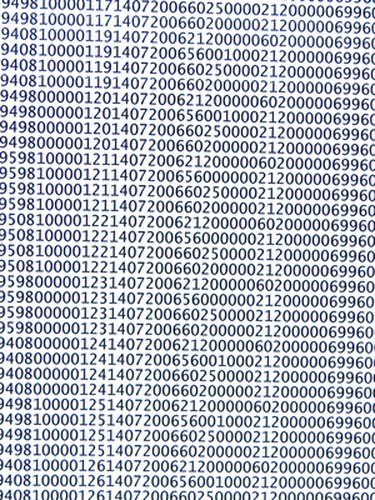
A database is a program that organizes data into fields and records. A spreadsheet is a program that stores data in a grid of rows and columns allowing for calculations and the generation of graphs. Both databases and spreadsheets are used by businesses, schools and other organizations to organize store, and use data. While both are valuable tools, a database has several advantages over a spreadsheet.
Data Quality Checks
Video of the Day
The database allows for certain variables to be set as the only possible entries. Say the only options are male and female--if you input "Alien," the database will not accept the data. Spreadsheets allow value categories such as numbers, but not the customization of the database. Databases also check certain fields when instructed to to prevent unique identifiers such as patient numbers from being duplicated. This duplication check is not available with spreadsheets.
Video of the Day
Integration of Data
Databases, by default, allow data from multiple sources to be integrated into one database. Data from multiple applications and sources can be integrated into fields so that data from all sources is organized and searchable. This can be accomplished with a spreadsheet but requires other applications or custom programming to allow this features.
Resource Efficiency
A spreadsheet is stored in a computer's random access memory while it is being used. This is a problem if the spreadsheet contains extremely large amounts of data. A database only has to load the data being worked with into the RAM meaning only parts of a large database are used at any given time.
User Efficiency
A database can be programmed to display data based on a user's need. For instance, a patient database might show medical history to a doctor and billing data to a receptionist. A spreadsheet displays all data making specific information more difficult to locate.
Cost Efficiency
A database is more efficient in use when compared to large spreadsheets. The efficiency allows less time spent on tasks and fewer mistakes. This translates into savings in man hours and accuracy for a business as its employees are more productive and efficient.
Growth Efficiency
As data is entered into a spreadsheet the overall size of the spreadsheet increases much faster then a comparable database. As more and more information is entered there are appreciable differences in the time it takes to generate reports, graphs and data access over a network.